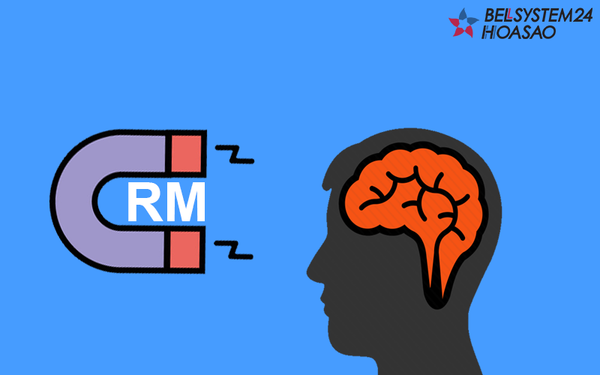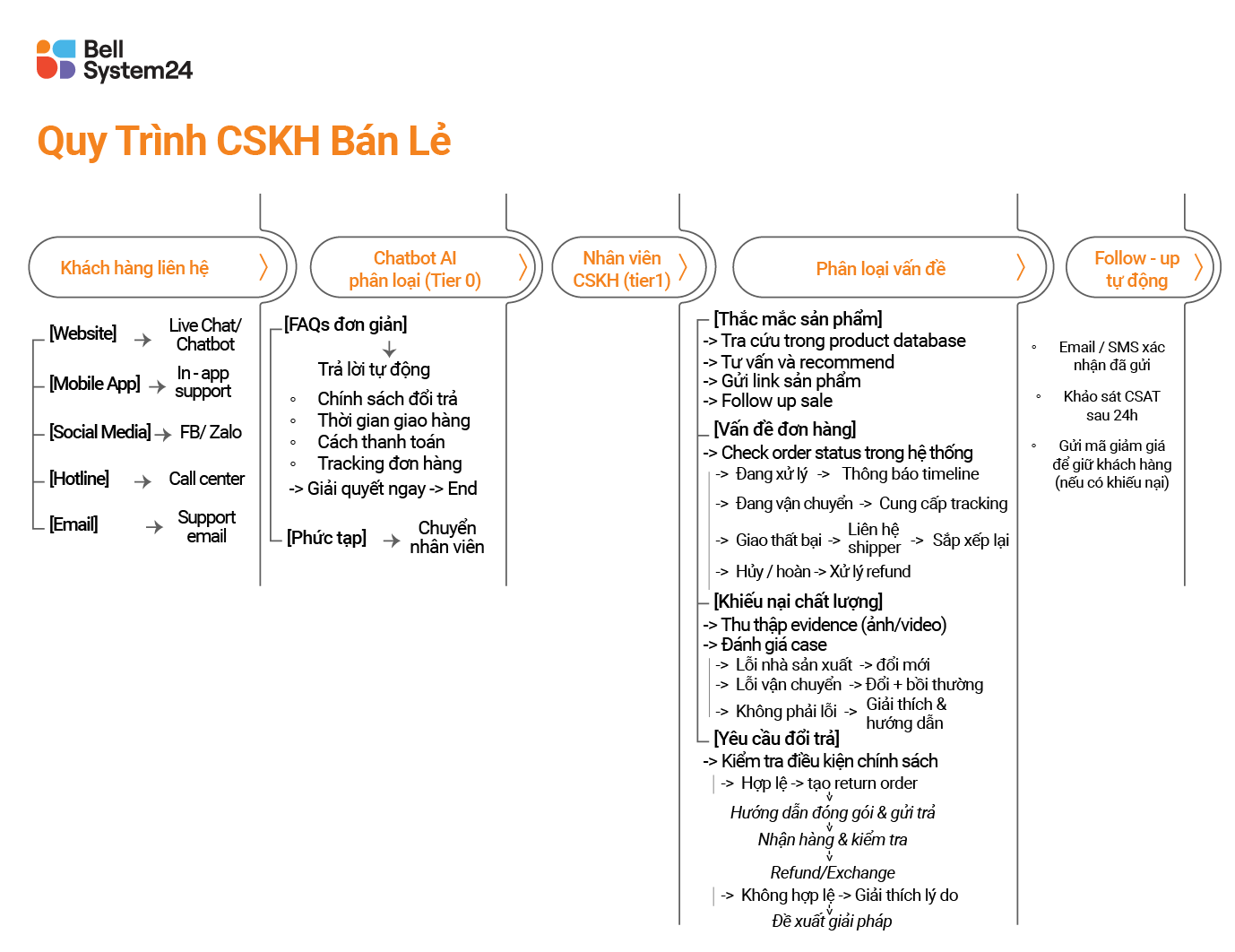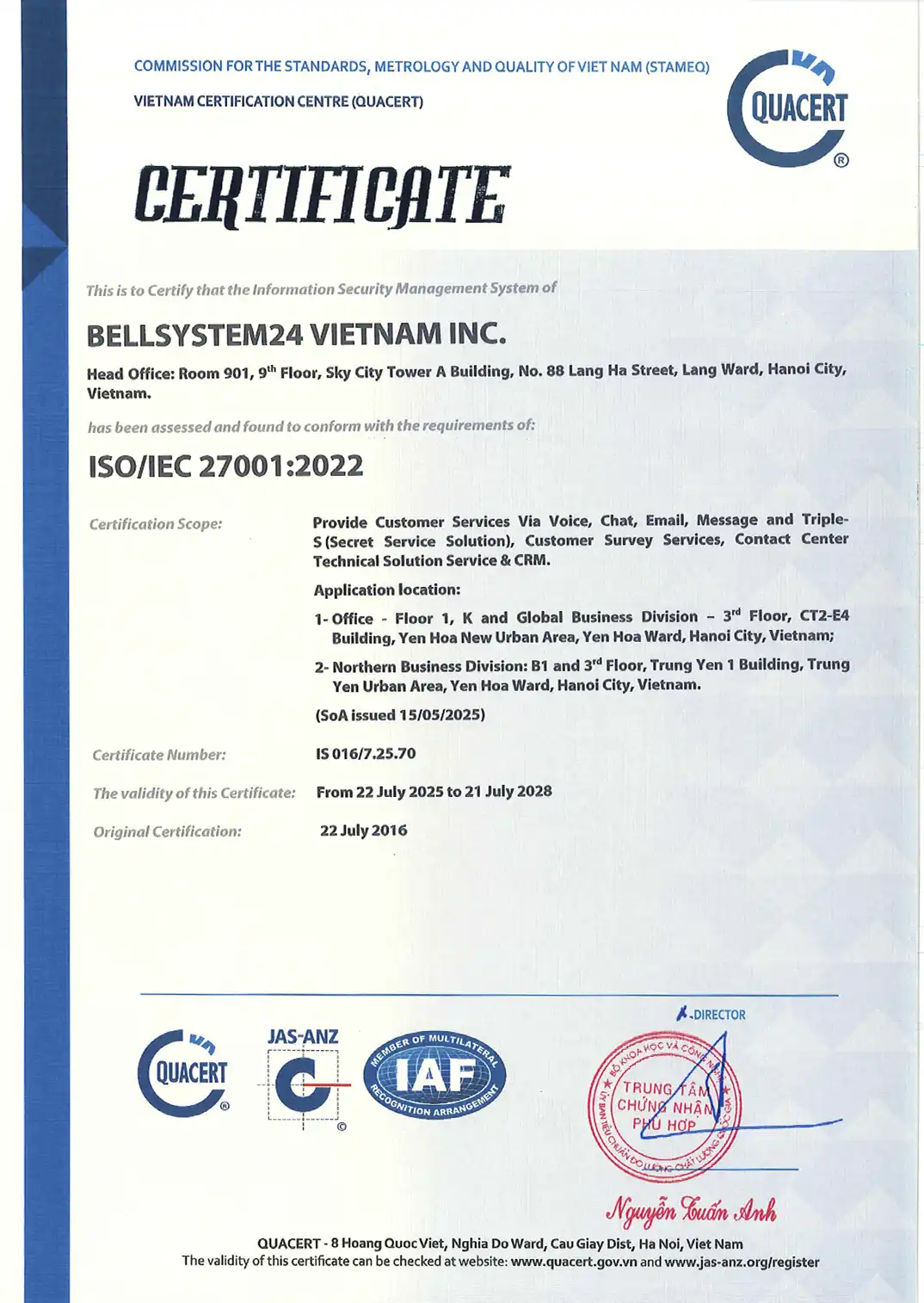Any business that provides products or services will inevitably encounter situations where customers are upset and angry and demand explanations or apologies. Customer service skills when dealing with customer complaints are not easy, and how can employees in the system understand how to resolve customer complaints in the most tactful way? Not all businesses understand the importance of this.
1. Identify customer personalities to find appropriate ways to handle them.
After receiving a complaint, Customer Service Representatives need to identify and classify customers:
Type 1: Quiet customers
Although dissatisfied with the product or service, they do not provide feedback. However, because of this, they will never return because customers have lost trust and believe that such products or services are only worth spending money on once. Savvy businesses will often categorize one-time customers and call them for customer service after a period of silence.
Type 2: Impatient customers
They are the ones who will react immediately when dissatisfied with the product and demand an immediate resolution, whether it be an apology, an exchange, or a refund.
Type 3: Customers with enthusiasm
These are people who deliberately cause trouble because they may want to undermine the company's reputation or are frustrated with the sales staff's attitude or the customer service representative's previous handling of the situation. In some cases, they may have personal issues that are bothering them at the same time the product disappoints them or the sales staff upsets them.

Identifying customer personalities and needs before communication can be done easily with the support of technology solutions such as Telehub, CRM, and CRM-integrated Contact Center.
2. How to resolve customer complaints
After identifying different customer types, apply the following customer care steps to achieve maximum customer satisfaction.
Step 1: Accept complaints sincerely
Customer service representatives must remain calm and listen to customer feedback, maintaining the utmost courtesy regardless of how impatient the customer may be, and ask the customer to describe the issue. When the customer explains, the customer service representative must show a willingness to learn and listen attentively to understand their needs. The first thing to do is to calm their anger before finding out the cause of the complaint. Let customers express everything that is upsetting them and never interrupt or cut them off. This will help customer service representatives discover the severity of the problem that the company's customers are facing and also understand their frustration.
By listening to the entire situation, the smart customer service representative was able to minimize the risk of misunderstanding the issue and prevent it from getting worse.
Customer service representatives should not resist customers in order to protect products by
Step 2: Show empathy
Because that would make the situation worse. Customers don't care how or why the problem arose; they just want it resolved satisfactorily for them. What a wise customer service representative would do is show empathy and share their feelings—this will help reduce the customer's anger at that moment.
Once the customer has expressed their frustration, clearly explain the situation to them. Customer service representatives should reiterate the terms and conditions or agreements that were clearly communicated to the customer during the previous transaction.

Step 3: Ask appropriate questions and provide solutions
Customer service representatives must identify the root cause of the problem in order to resolve it appropriately and reasonably for the customer. Using open-ended questions will help representatives engage in more comfortable conversations with customers. Such questions can strike a chord with customers and show them that customer service representatives are genuinely trying to help them resolve the issue in the best way possible.
After listening to the complaint and understanding the customer's wishes, and explaining the regulations, the customer service representative must provide a clear and reasonable solution to the customer.
The proposed solution should be presented as a discussion and exchange between the two parties so that the customer and you can find common ground and agree on the solution. If the customer is still not satisfied with the solution, the customer service representative can give the customer some time to think about it and allow the business management more time to find the most satisfactory solution.
Step 4: Customer care after complaints.
After resolving a complaint, don't assume that customers will remain loyal to you. It is very likely that during this period, a problem of "pretending to be satisfied but not really being satisfied" will arise, leading to customers abandoning the brand. Therefore, don't forget to take this final step, as it is very important. After the complaint has been satisfactorily resolved, contact the customer within 3 days to offer greetings and inquiries that make them feel cared for. This approach is extremely effective.







